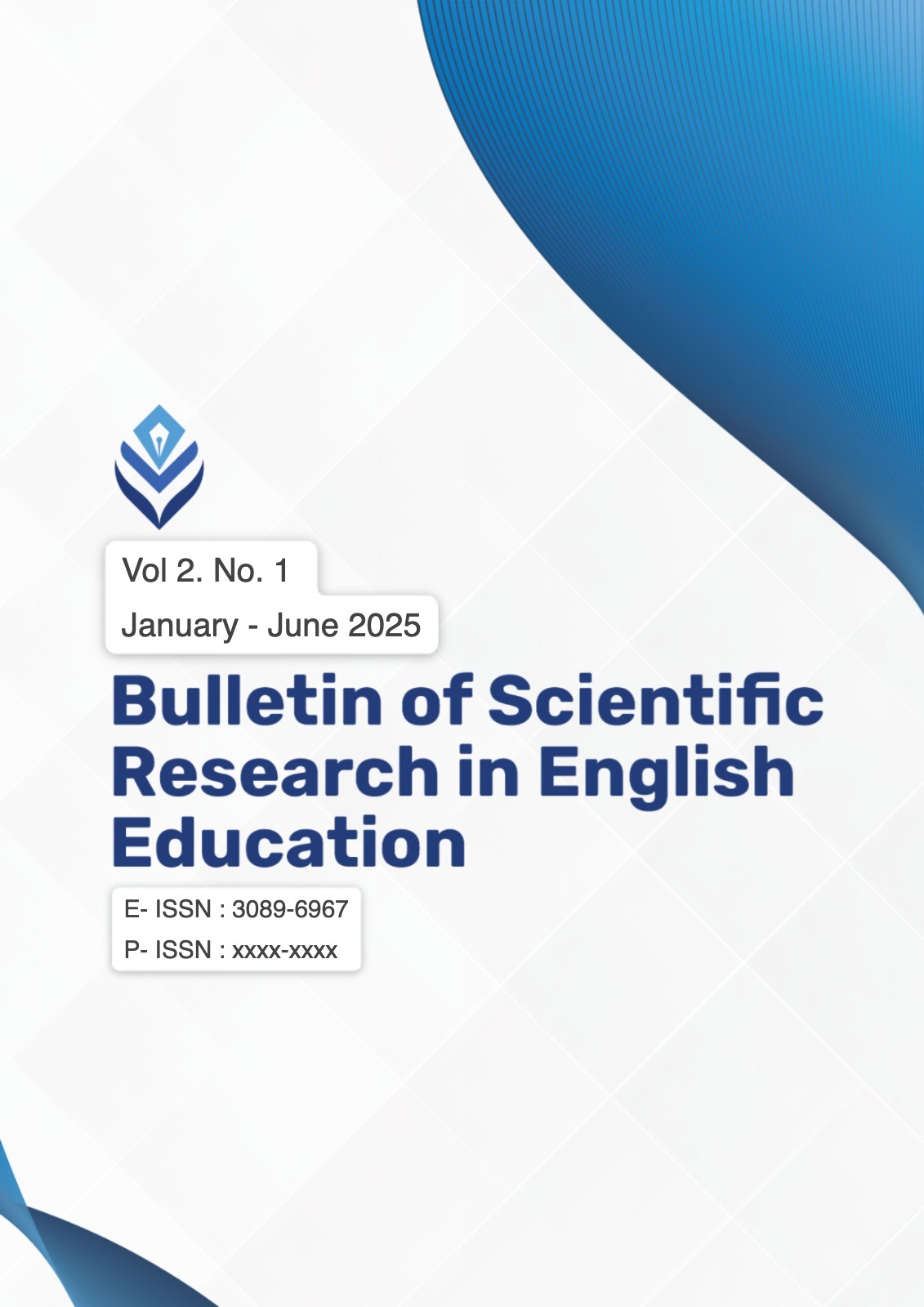Integrating Critical Literacy in English Language Teaching: Practices and Perceptions of EFL
DOI:
https://doi.org/10.59261/bsree.v2i1.10Keywords:
critical literacy, English language teaching, EFL teachers, teacher perceptions, teaching practices, critical educationAbstract
The application of critical literacy in English as a foreign language (EFL) learning is gaining attention as awareness of the importance of education that builds social awareness and reflective thinking increases. However, the understanding and implementation of critical literacy concepts among EFL teachers still vary, especially in non-native contexts. This study aims to explore EFL teachers' perceptions of critical literacy as well as the teaching practices they use in integrating this approach into their classrooms. This study used a qualitative approach with a case study design. Data were collected through semi-structured interviews and classroom observations of ten EFL teachers at the secondary level in Indonesia. Data were analyzed thematically using Braun and Clarke's approach to identify key patterns in teachers' perceptions and practices. The results show that most teachers understand critical literacy as the ability to analyze texts in depth and question the ideologies behind the texts. However, limited theoretical knowledge, lack of professional training, and a crowded curriculum are the main obstacles in consistently implementing critical literacy practices. Nonetheless, some teachers showed initiative by adapting teaching materials and encouraging critical discussions in class. The findings provide important implications for curriculum development, teacher training and language education policy in EFL contexts.







